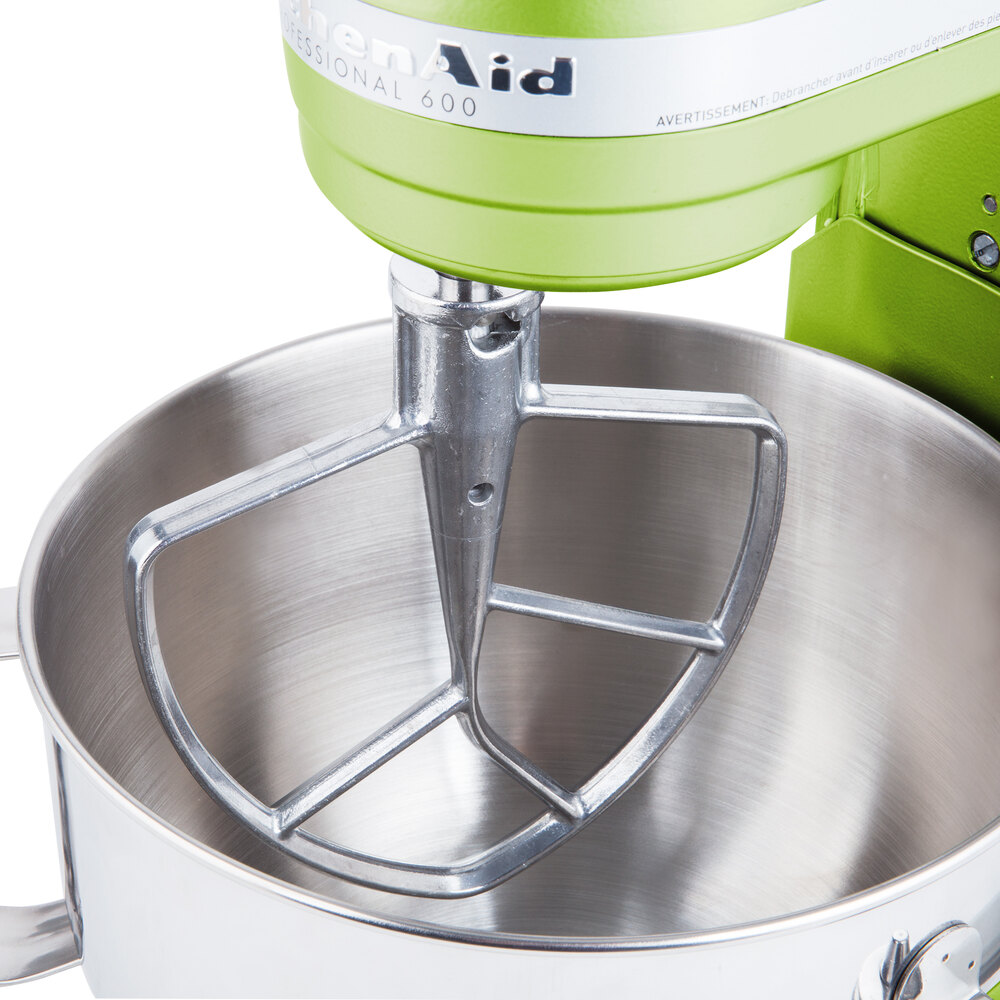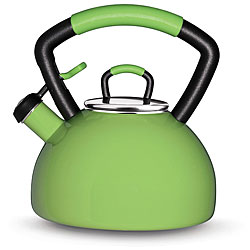

How the Le Creuset Dutch Oven Rose to Icon Status That’s when the sleek, aesthetically pleasing Model K - the first iteration that today’s cooks would recognize as a KitchenAid - was released.
#KITCHENAID GREEN APPLE COLOR POPULARITY SERIES#
Though the company developed a series of increasingly smaller, cheaper stand mixers to compete with a much more affordable newcomer, the SunBeam MixMaster, KitchenAid didn’t grab hold of the consumer imagination until 1937. For housewives in the ’20s and ’30s, the appliance represented speed, modernity, and perhaps a little freedom from a never-ending list of household chores to take care of.īut the price and sheer heft of the tool were barriers to wider popularity. The earliest models were popular in their own way the Model G, a slightly smaller version than the H-5 that was released in 1927, sold 20,000 units in three years and enjoyed moderate success among affluent households thanks to ranks of door-to-door sales women and demonstration dinner parties (precursors to today’s Instagram stories and YouTube demos). But it took a few decades for the brand to reach cultural ubiquity, let alone cult status.

Explaining its iconic status:Ĭelebrating its 101st anniversary this year, the KitchenAid stand mixer is so widely loved that people get its likeness tattooed on their bodies. This five-quart mixer weighed 65 pounds and cost $189 (or around $2,777 in today’s dollars). The H-5 KitchenAid, Hobart’s first in-home model, was introduced in 1919. As the story goes, Hobart executives brought prototypes home for their wives to test out, and one of them exclaimed, “I don’t care what you call it, but it’s the best kitchen aid I’ve ever used.” Thus, the brand name was born. Navy was an early client, Johnson and the executives at Hobart had their sights on a wider client base and set about creating a smaller, in-home version of the tool. Determined to simplify the process, Johnson’s solution was the Hobart Model-H, an 80-quart industrial mixer that was introduced in 1914. The stand mixer was invented in the early 1910s by Herbert Johnson, an engineer at Hobart Manufacturing Company, after he observed a baker laboring over mixing dough.

A standard wedding gift since the mid-20th century, it’s become a milestone purchase even for those who have never kneaded dough or whipped meringue in their lives. With a price tag that runs between $199 and $1,000 for certain limited-edition versions, this multi-attachment appliance can whip, knead, chop, juice, spiralize, and even make pasta. The KitchenAid stand mixer is a countertop staple for any home baker worth their salt and a colorful kitchen showpiece for plenty who aren’t.


 0 kommentar(er)
0 kommentar(er)
